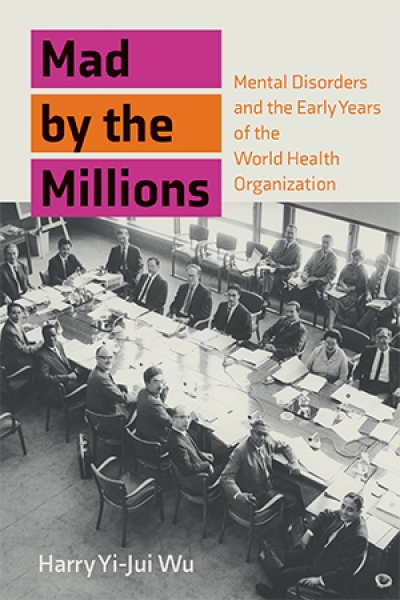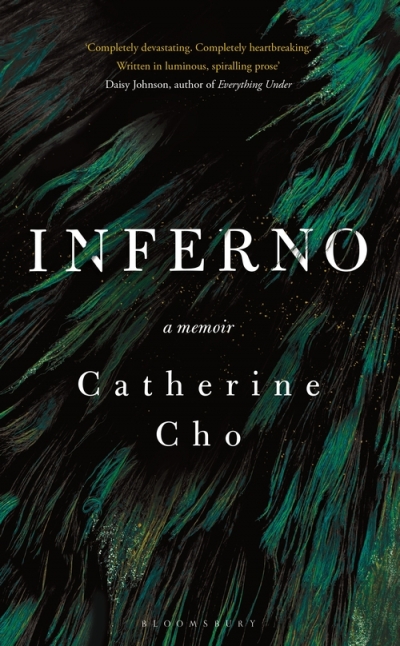Illness and Disability
Sign up to From the Archive and receive a new review to your inbox every Monday. Always free to read.
Recent:
My Body Keeps Your Secrets by Lucia Osborne-Crowley
Mad by the Millions: Mental disorders and the early years of the World Health Organization by Harry Yi-Jui Wu
Kylie Maslen's début essay collection, Show Me Where It Hurts, is an intimate exploration of living with chronic illness. Maslen describes her own experiences with the invisible illness she has lived with for the last twenty years, delving into its daily reality while incorporating music, literature, television, film, online culture, and more. Kate Crowcroft, who reviews the book in ABR's November issue, describes it as 'essential reading for those of us with the privilege of having a body that behaves itself'.
... (read more)Show Me Where It Hurts: Living with invisible illness by Kylie Maslen
Sometime late morning it begins, a root of something that only as it grows do you recognise as pain. You have had coffee, as you do every morning, and now you feel the kind of heaviness that sends you to lie down. At home, the friend who is staying with you, whom you half invited and who may have misinterpreted your keenness for company, notes your early return and approves of your plan to retreat. For both of you it has been a year frantic with change and learning and emotion, and even if it is likely indulgent – so what, you’ve earned the right to call a morning off the books and instead take a heat pack and wish it were night all over again. She even microwaves the heat pack for you. You take it to bed where you think you will read or watch television or luxuriate in some way.
... (read more)









